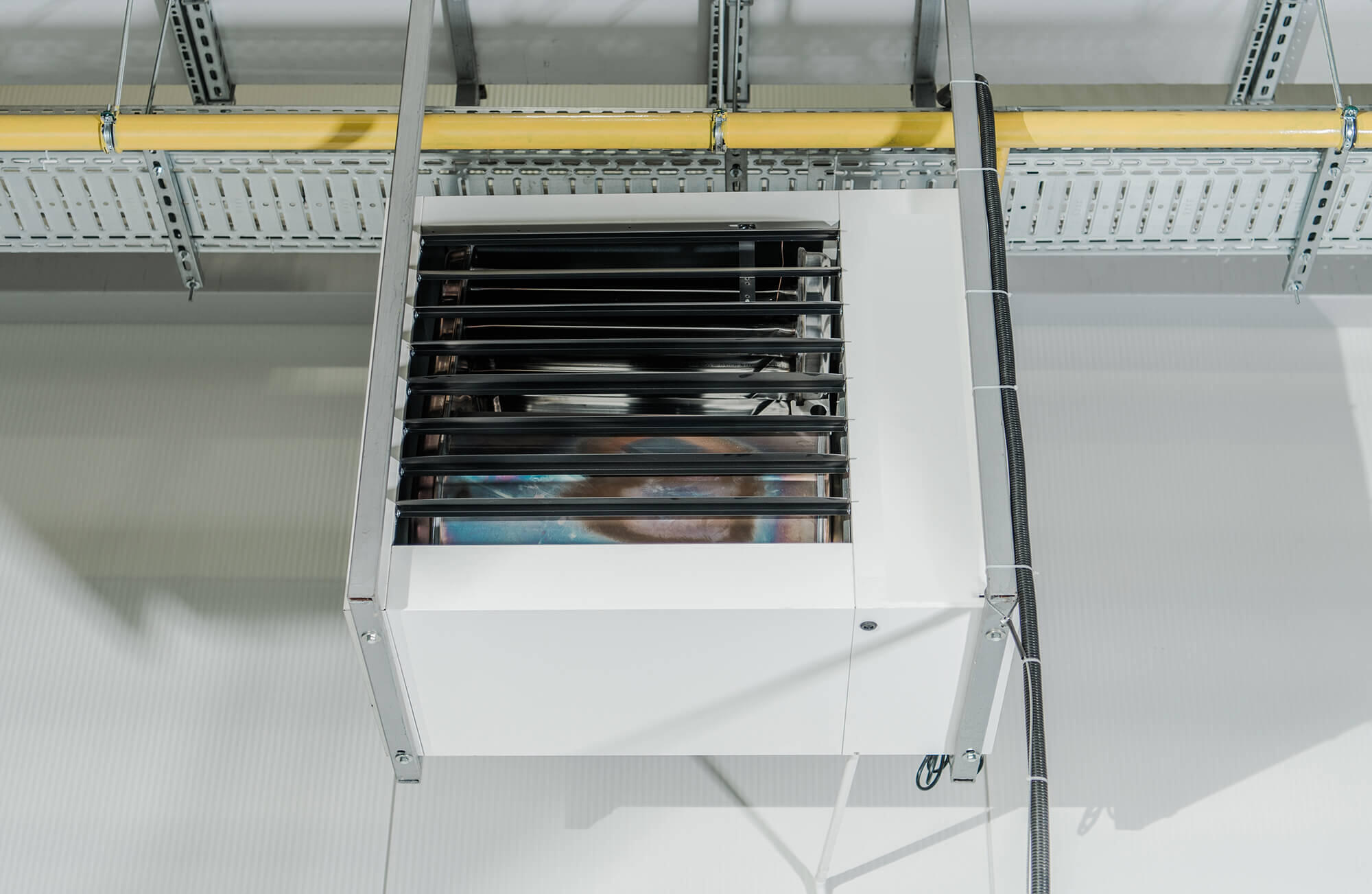
THE PRODUCT:
Unit heaters are a type of commercial heating product that is typically used to heat open commercial spaces such as factories, warehouses, and garages; they are usually hung from the ceiling.
THE STANDARD:
The current standards for unit heaters took effect in 2008. The standards, which were based on standards that had previously been adopted by several states, are prescriptive requirements that require that unit heaters be equipped with an intermittent ignition device and have either power venting or an automatic flue damper.
KEY FACTS:
Typical gas-fired unit heaters generally have a thermal efficiency of about 80%, which means that 20% of the energy is wasted. Condensing unit heaters extract additional heat by condensing the water vapor in the flue gases and achieve thermal efficiencies of 90% or higher.
Timeline
| Federal | Date |
| 1st Federal Standard Effective | 2008 |
| 1st Federal Standard Adopted | 2005 |
| EPACT Initial Federal Legislation Enacted | 2005 |